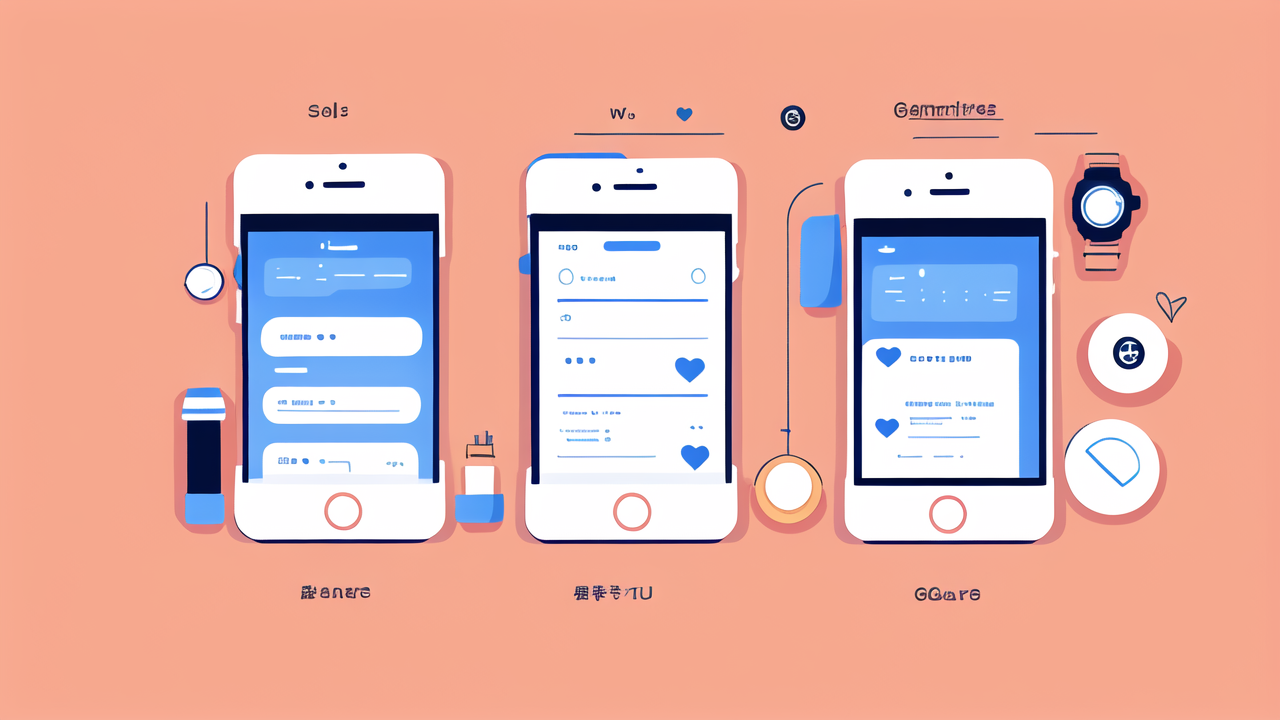Understanding the Evolution of the Digital Watch in the Fashion Industry
The inception of digital watches
Digital watches made their debut in the 1970s. They marked a big shift in timekeeping. The first models used LED displays. These were hard to read in daylight. Later, LCD screens solved this problem.

Early digital watches were bulky. They had limited features. But they were a tech marvel for their time. People were amazed by their accuracy. The ability to show time in digits was revolutionary.
These watches quickly became popular. They were seen as modern and cool. Brands like Casio and Timex led the way. They made digital watches more affordable. This helped spread their use among the public.
The transformation of analog to digital
The shift from analog to digital watches was gradual. At first, digital watches were seen as novelties. But they soon proved their worth. They offered more features than analog watches.
Digital watches could show the date, act as stopwatches, and even do basic math. This made them more than just timepieces. They became tools for everyday life.
The design of digital watches evolved too. They became sleeker and more stylish. This helped them compete with traditional analog watches. Some models even combined digital and analog displays.
As tech improved, so did digital watches. They got thinner, lighter, and more durable. Battery life improved too. This made them more practical for daily wear.
Impact on consumer behavior and expectations
Digital watches changed how people viewed timepieces. They were no longer just for telling time. Consumers began to expect more from their watches.
People started to see watches as gadgets, not just jewelry. They wanted features like alarms, timers, and multiple time zones. This shift in expectations pushed innovation.
Digital watches also made accurate timekeeping more accessible. This changed how people managed their time. It became easier to be punctual and track activities.
The affordability of digital watches had a big impact too. More people could own reliable timepieces. This democratized access to precise timekeeping.
Innovations in Digital Watch Features and Design
Breaking down smart technology in contemporary watches
Modern digital watches are a far cry from their early predecessors. They now pack powerful tech into small packages. Many are essentially mini-computers for your wrist.

Smartwatches are the latest evolution. They can connect to phones, track fitness, and even make calls. Some run apps, just like smartphones. This expands their use far beyond timekeeping.
Health tracking is a key feature in many new digital watches. They can monitor heart rate, sleep patterns, and activity levels. Some even measure blood oxygen or take ECGs.
GPS is another common feature. It's great for runners and hikers. Many watches can now map routes and track distances accurately.
The intersection of fashion and functionality
Today's digital watches aren't just about tech. They're also fashion statements. Designers work hard to make them look good. Many models come with changeable straps or faces.
Some luxury brands now offer high-end digital watches. This shows how far they've come in terms of style. They compete with traditional luxury watches in both looks and price.
Customization is a big trend. Many digital watches let users change display styles. This means one watch can fit many occasions. It's like having multiple watches in one.
The lines between smartwatches and traditional watches are blurring. Some look like classic timepieces but have smart features hidden inside.
Sustainable materials and practices in digital watchmaking
Sustainability is becoming important in digital watch design. Many brands now use recycled materials. This includes plastics from the ocean and recycled metals.
Some companies focus on making their watches last longer. They offer battery replacement services. Others make it easy to repair watches instead of replacing them.
Solar-powered digital watches are gaining popularity. They reduce the need for battery changes. This cuts down on waste and makes the watches more eco-friendly.
Packaging is another area of focus. Many brands now use minimal, recyclable packaging. This reduces waste and the carbon footprint of shipping.
The Digital Watch as a Lifestyle Accessory in the United States
Adoption rates and demographic trends
Digital watches are widely used in the US. They appeal to a broad range of ages. Young people often choose smartwatches for their tech features. Older adults may prefer simpler digital models.

Fitness enthusiasts are a key market. They value the health tracking features. Many runners and gym-goers rely on digital watches to monitor their workouts.
Tech-savvy professionals are another big group of users. They appreciate the productivity features. Things like calendar alerts and email notifications are useful in their daily lives.
Price points vary widely. This means there's a digital watch for almost every budget. High-end models compete with luxury watches. Budget options make the tech accessible to many.
The role of digital watches in the fashion eco-system
Digital watches have found their place in fashion. They're no longer just functional items. Many are designed to be stylish accessories.
Some fashion brands now offer their own digital watch lines. This shows how accepted they've become in the fashion world. They're seen in fashion magazines and on runways.
Digital watches often feature in "tech chic" looks. They're paired with both casual and formal wear. This versatility makes them popular in many style circles.
Collaborations between tech companies and fashion designers are common. These partnerships create watches that blend style and function seamlessly.
Future outlook: Predicting the next big thing in digital watches
The future of digital watches looks exciting. We can expect even more advanced health features. Things like blood sugar monitoring could become standard.
Augmented reality (AR) might be the next frontier. Watches could project information onto your hand or arm. This could change how we interact with our devices.
Battery life will likely improve. New power technologies could mean watches that rarely need charging. Some might even harness energy from our body heat or movement.
Sustainability will probably become even more important. We might see watches made from new eco-friendly materials. Or watches designed to last for decades with easy upgrades.
As AI advances, our watches could become smarter assistants. They might predict our needs and offer proactive help throughout the day. The possibilities are endless.




Leave a comment
This site is protected by hCaptcha and the hCaptcha Privacy Policy and Terms of Service apply.